30 results found chemical
Chemical Resistance
A gasket material's degradation resistance to the fluid or fluids being sealed.
Chemical Resistance
A gasket material's degradation resistance to the fluid or fluids being sealed.

Chemical composition of cork
• suberin (45%) - main component of the cell walls, responsible for the elasticity of the cork;• lignin (27%) - insulating compound;• polysaccharides (12%) - components of the cell walls that help define the texture of the cork;• tannins (6%) - polyphenolic compounds responsible for the color;• seroids (5%) - hydrophob…

feature: No chemical contamination, 100% free according to REACH
No chemical contamination, 100% free according to REACH

feature: No chemical contamination, 100% free according to REACH
100% free of chemical contamination, in accordance with REACH
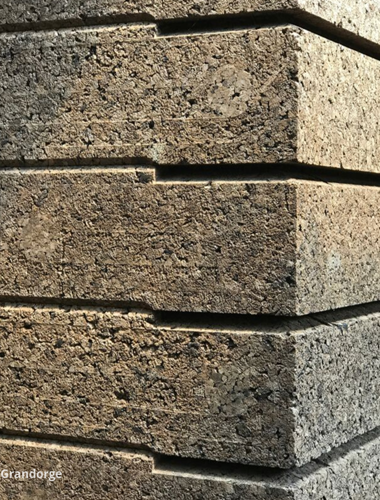
Without the use of additives or any chemicals
The 1,268 solid blocks used in the house were obtained from heating and compressing cork granules, without the use of additives or any chemicals. These blocks were subsequently subjected to a 3D milling process, to fit together, eliminating the need to use glues or cement during construction. The fitting system and lig…
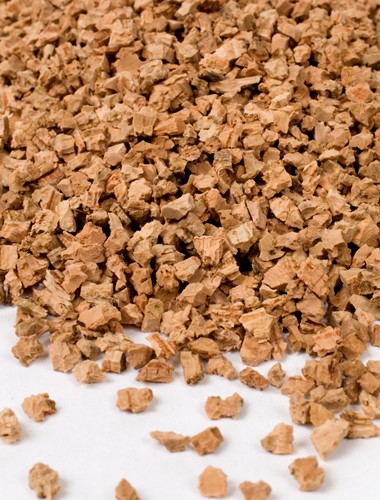
Cork: where nature and technology meet
Amorim T&D solutions developed for the power industry are based on specific polymer formulations with cork. Cork is a 100 % natural, renewable and recyclable raw material whose characteristics include elasticity, vibration control, chemical resistance, shock absorption, flexibility, impermeability to liquids and th…
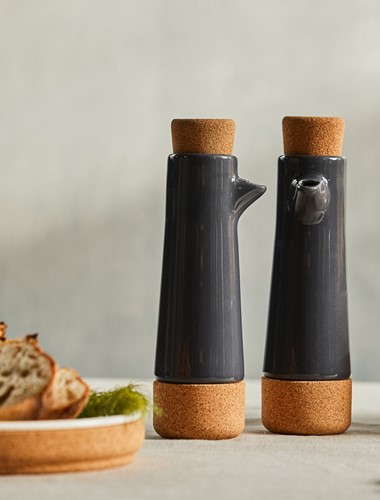
The development of this collection
The development of this collection takes advantage of the physical and psychologicalcharacteristics of both materials. The contribution of all the senses was fundamental to the final result. The mix of definitions is such that not even the most classical chemical compounds have resisted such innovation.

Why does cork have great potential in the energy sector?
The main characteristics of cork that we can highlight for application in the energy sector, include its negative contribution in terms of CO2, its resistance to extreme temperatures, chemical compatibility and low thermal conductivity, its resilience, and damping properties.

3. Contamination-free
All materials used in the production process of Amorim Cork Composites’ infills are 100% free from any chemical contamination, in accordance with REACH regulations, and do not show any traces of potentially harmful substances.

4. Safety
In addition to being comfortable, cork is a very safe material, of natural origin and contains no chemical or toxic substances. The fact that it guarantees grip, even when subject to perspiration, provides stability and safety when assuming different postures.
Curing
The application of chemicals to animal hides in preparation for the tanning process.
Curing
The application of chemicals to animal hides in preparation for the tanning process.
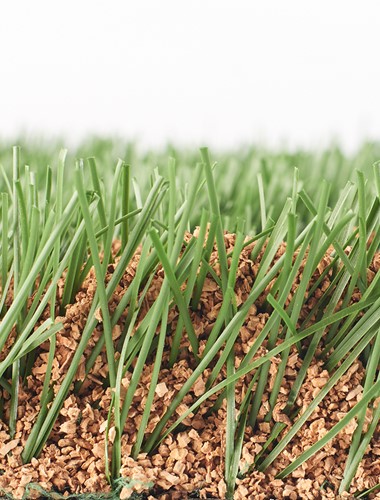
Natural raw materials
What is the source of the chemical materials and elements used in plastic- and rubber-based infills? Despite the strict rules on raw materials that can be used to produce synthetic infills, concerns remain regarding the potential use of poorer-quality materials or materials from an unknown source. This is not the case…
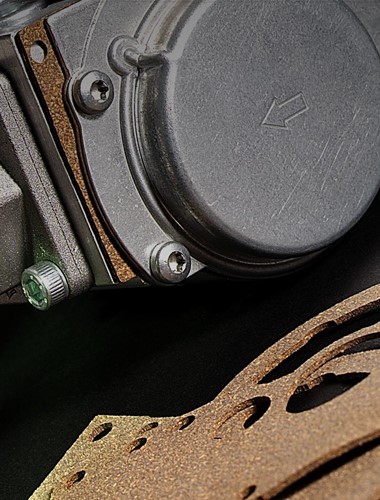
Temperature and resistance are only part of the equation.
A gasket material suitability is defined by a variety of application factors shown in the adjacent diagram. The common perception that the temperature and chemical resistance must be assured are only part of the equation. Amorim Cork Composites systems' approach ensures joint integrity by considering the multiple varia…
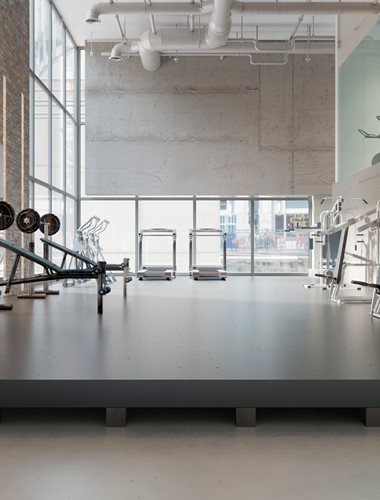
Cork composites for high performance
While cork has a higher loss factor than rubber – which is essential to the dampening function and consequent dissipation of energy – anti-vibration rubbers are isolative and offer very little damping. The combination of these two materials as a cork rubber composite brings added characteristics as a vibration isolatio…
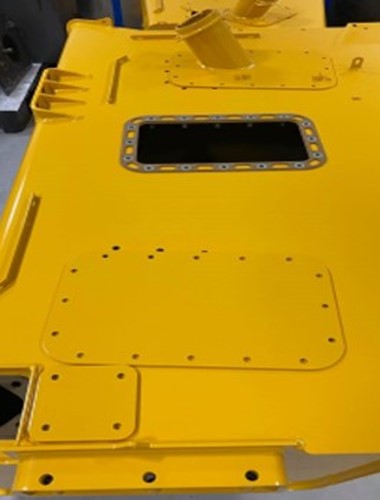
Cork and rubber gaskets
National is a Swedish partner company of Amorim Cork Composites for sealing solutions focused on the automotive industry. As it specialises in heavy machinery, selected Amorim Tech Seal solutions to seal the fuel tank caps of tractors, trucks, and other heavy vehicles. The rubber-applied cork gaskets fully matched th…
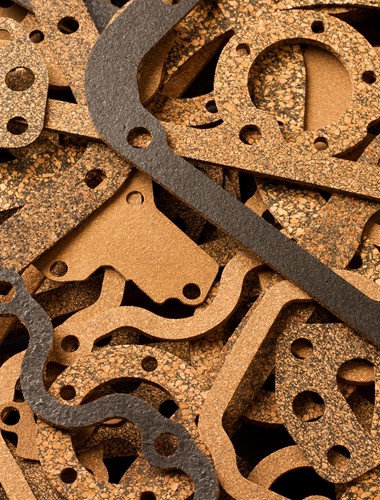
The use of cork to achieve better results
The solutions developed by Amorim Cork Composites for the power industry are based on specific polymer formulations with cork. By combining cork with other materials, that are waste materials from other industries, we give life to new materials and create new products, while simultaneously taking care of the planet. …

Besides cork, what other parts of the cork oak are used and for which purpose?
Nothing is wasted from the cork oak, all its components have a useful ecological or economic purpose:• The acorn, which is the fruit of the cork oak, is used to propagate the species, as animal fodder and in the manufacture of cooking oils;• The leaves are used as fodder and a natural fertilizer;• The material from tre…
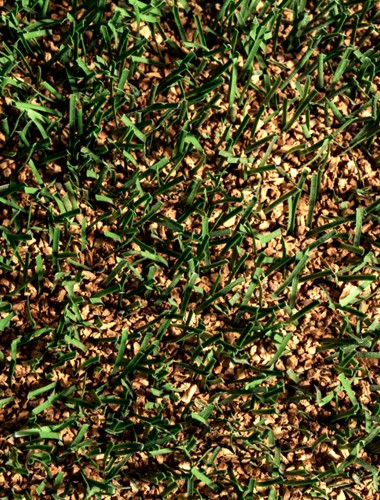
Respect for people
The studies undertaken[1] thus far indicate that the use of turf with artificial infills, specifically SBR rubber, entails no health hazards. However, players and the community are often concerned about the risk of oral intake, inhalation or skin contact with potentially hazardous elements contained in rubber particles…

Respect for people
The studies undertaken[1] thus far indicate that the use of turf with artificial infills, specifically SBR rubber, entails no health hazards. However, players and the community are often concerned about the risk of oral intake, inhalation or skin contact with potentially hazardous elements contained in rubber particles…
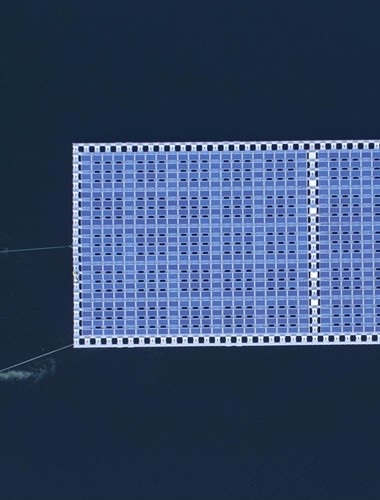
ARA Quote
“Cork has been used in the energy market for a long time, but its potential is now more evident than ever. From solar energy and wind energy, to electric mobility, the ambition is, in the medium term, to make this sector one of the main pillars of growth for Corticeira Amorim in the area of composite materials,” says…
Heartwood
The non-living, central wood of a tree. Heartwood is stronger, more resistant to decay, and less easily penetrated by wood-preservative chemicals than sapwood.
Heartwood
The non-living, central wood of a tree. Heartwood is stronger, more resistant to decay, and less easily penetrated by wood-preservative chemicals than sapwood.
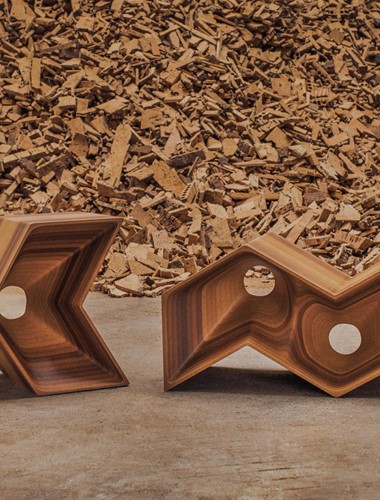
Solution
The items of the METAMORPHOSIS exhibition, developed by a group of naturally talented people, open up a new range of products and applications. The invited professionals joined their technical vision with artistic sensibility and the knowledge they have of the market, creating solutions where cork intersects with vario…

What are the criteria for using cork on the museum display cases?
There are specific materials that can and cannot be used in museums. The conservation protocol is the key to the preservation of a collection. Generally speaking, it is not allowed to use products, glues, or paints, for example, that may release chemicals as they may damage the exhibition materials. The raw material su…

The sustainability factor
Depending on the specific type of application, several materials in the market, with a synthetic or inorganic base, are competing with cork. Rubber- or foam-based materials have dominated the world market, since they combine performance with low costs. However, the situation has been changing over recent years, due to…

The sustainability factor
Depending on the specific type of application, several materials in the market, with a synthetic or inorganic base, are competing with cork. Rubber- or foam-based materials have dominated the world market, since they combine performance with low costs. However, the situation has been changing over recent years, due to…
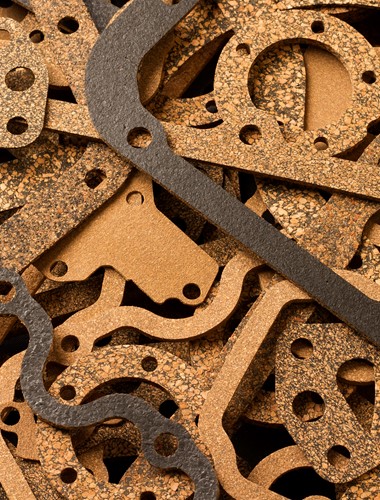
Cork, the ideal material for gas sealing solutions
Cork’s thermal and chemical resistance and impermeability to liquids and gases make it the ideal raw material to develop sealing solutions. In addition to complying with the different technical specifications of gas systems, cork helps reduce the system's carbon footprint, which is essential in order to attain sustaina…
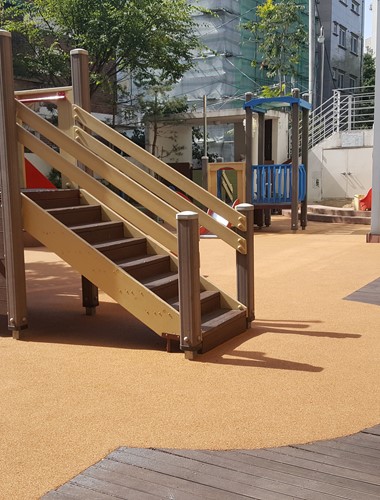
Sustainable focus
Natural cork flooring offers several advantages compared to conventional rubber surfaces: • Environmentally sustainable solution, created from ecological materials that are free of heavy metals or hazardous toxic chemicals. • Does not release odours when exposed to high temperatures and has high durability, since it do…